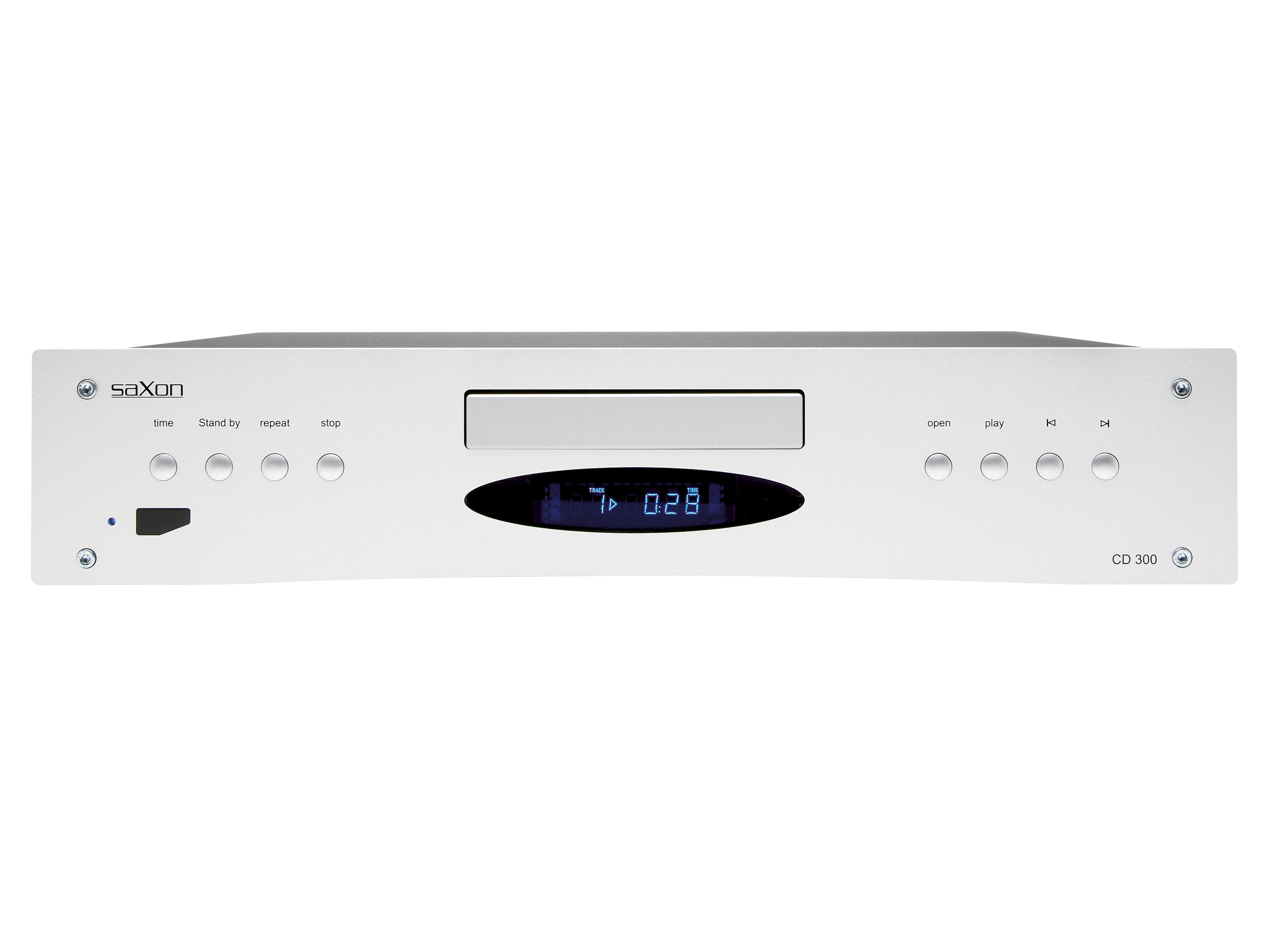TechRadar Verdict
This Saxon player's dominant quality is its lively character, which thankfully doesn't detract from good detail and tonal neutrality
Pros
- +
Pleasantly lively sound character
Cons
- -
Odd button arrangement
No digital output
Occasional congestion
Why you can trust TechRadar
Launching a new hi-fi brand just now may seem a trifle rash, but Saxon isn't entirely a newcomer, as it's allied to an established brand, Talk Electronics. Saxon's products are intended to sit beneath Talk's own, and among them this is the most basic CD player.
Basic it may be, but it's finished nicely enough with admirably clear labelling. The front panel itself is a decent chunk of aluminium, the rest of the case being the usual thin sheet-steel tray and aluminium lid. Inside is a Philips CD mechanism, flanked by a pair of neat and tidy circuit boards.
On the left is the power supply, using an encapsulated (apparently toroidal) mains transformer and the usual smoothing and regulation components, with the audio board on the right, bearing a Wolfson DAC as well as a sample-rate converter chip.
Saxon doesn't mention upsampling, and it's possible this is just functioning as a jitter-reducing buffer, a perfectly legitimate way of performing that task. A pair of fairly upmarket op-amps aided by good-quality passive components handles analogue output.
Saxon has fitted no digital output to this player, though dearer models do have one. That's really the only obvious economy, though another omission raised our eyebrows - there's no 'pause' function, on the front panel or the remote.
We queried this with Saxon and were told this will be rectified in future players. We found the layout of the buttons a bit annoying: shouldn't 'stop' be next to 'play' and 'open' on the other side of the drawer? Never mind!
Sound quality
This player is clearly not entirely devoid of character, and as usually happens in such cases, opinions of the model hinged on the effect this has on various types of music, and how each listener perceived the result. Its character is lively - 'fast', even - and seemed especially pronounced in the solo piano track.
Piano is notably tricky to record and reproduce, and of course one instrument varies from another, but in this case one listener liked the result a lot, another found it a little overexcited and even messy, and the third spotted the difference, but didn't express a preference either way.
CD players tend not to differ that much from each other, and indeed this model is hardly a radical departure from the rest, but it's good to be able to report some small distinguishing characteristics, especially when (as is decidedly the case here) the sound ticks all the boxes in other areas.
There are no obvious tonal aberrations, for instance, and the bass seems particularly well balanced with the midrange, leading to very even-handed presentation. Detail is very good once again, and imaging is definitely impressive.
The opera track was chosen partly because it has unusually good image depth, and this player really made the most of it, placing the relatively remote female chorus in clear relation to the more forward orchestra and soloists.
Just occasionally the liveliness can lead to mild congestion when many bright-sounding instruments are playing at the same time - high saxophone plus cymbals, for instance.
It's possible this is a function of the amp and speakers (we tried a few), but the end result is the same. It's a small price to pay, though, for an individual but generally highly likeable player with many good qualities.
There are a few minor weaknesses in this player's performance, and it's a fair bet that they contribute to its sonic character. For instance, it suffers from some modulation of the noise floor with level, which we suspect has a digital rather than analogue cause, as there are also a few telltale spurious spikes on the spectrum, along with regular distortion. The sum total of distortions revealed under these conditions is hardly worse than -90dB, but they may nevertheless have a borderline effect.
There's also a trace of hum modulation, but jitter is very low, and if anything harmonic distortion is very slightly lower at high frequencies than it is in the midband. Noise is low as well, while the digital filter has a very similar response to that of the Cambridge Audio player - a touch more attenuation than most at 22kHz and near-perfect response above 24kHz, without any significant breakthrough of ultrasonic signals.
Tech.co.uk was the former name of TechRadar.com. Its staff were at the forefront of the digital publishing revolution, and spearheaded the move to bring consumer technology journalism to its natural home – online. Many of the current TechRadar staff started life a Tech.co.uk staff writer, covering everything from the emerging smartphone market to the evolving market of personal computers. Think of it as the building blocks of the TechRadar you love today.
